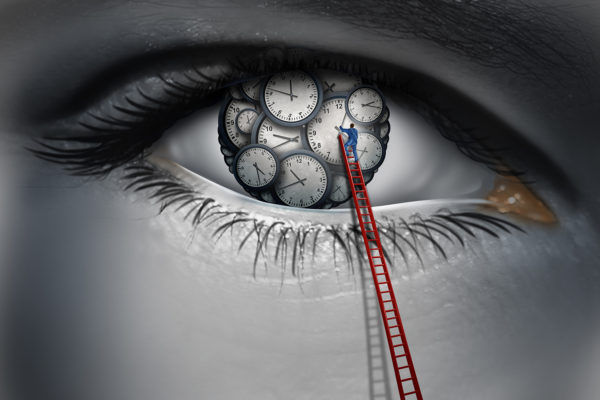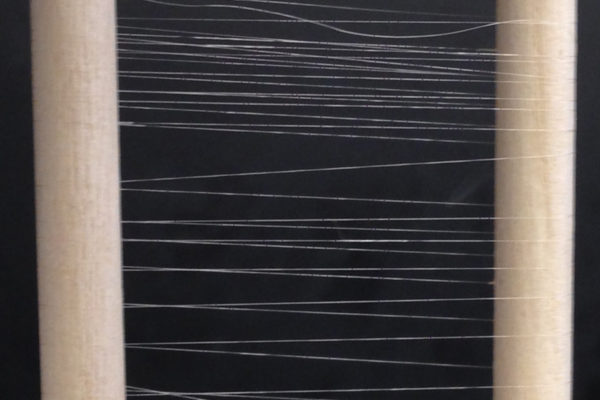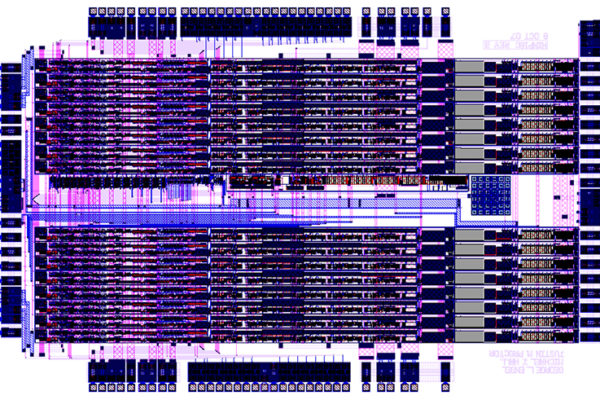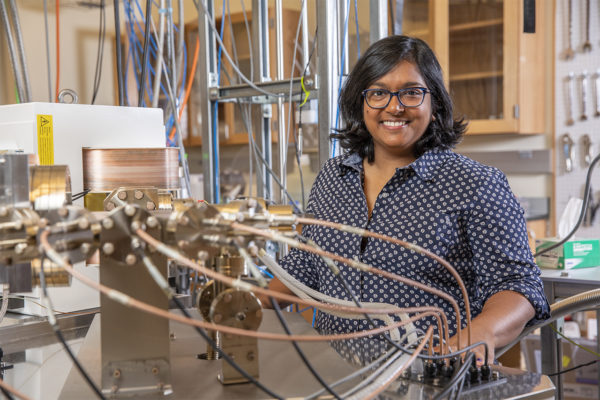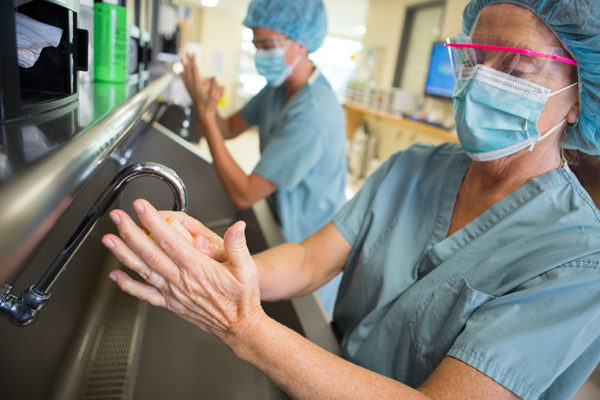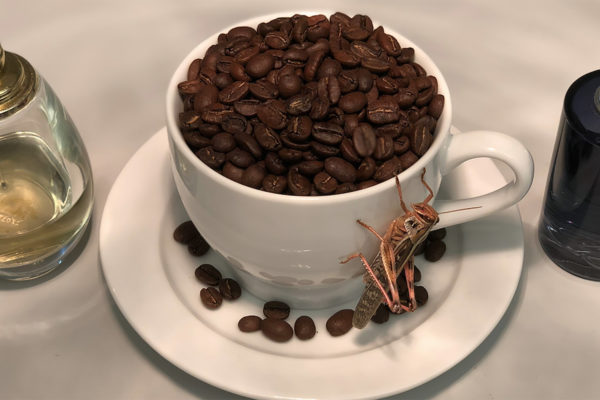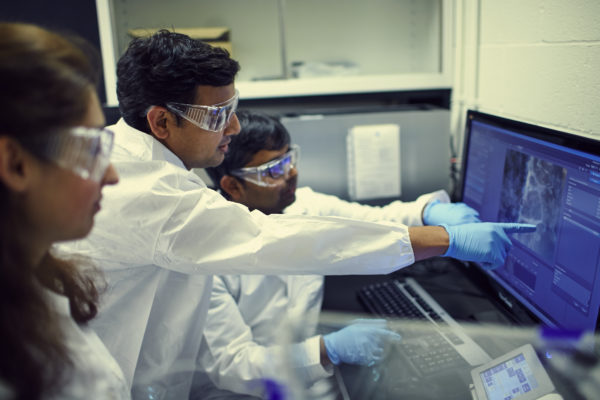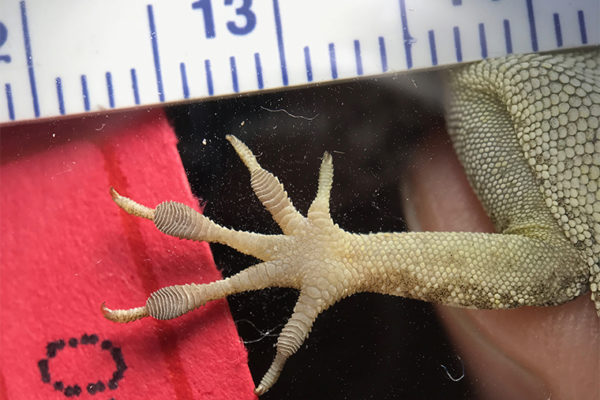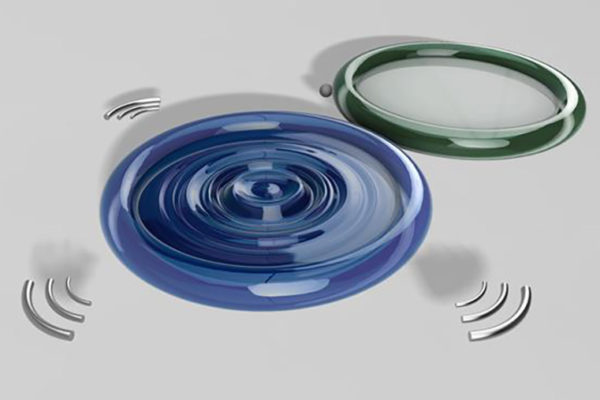In sync: How cells make connections could impact circadian rhythm
If you’ve ever experienced jet lag, you are familiar with your circadian rhythm, which manages nearly all aspects of metabolism. Every cell in the body has a circadian clock, but until now, researchers were unclear about how networks of cells connect with each other over time. Researchers at Washington University in St. Louis and collaborating institutions have developed a new method that sheds light on these circadian rhythm networks.
Bigger proteins, stronger threads: Synthetic spider silk
Scientists in the School of Engineering & Applied Science at Washington University in St. Louis have, for the first time, created a biosynthetic spider silk that behaves like the real thing. And they may soon make it even stronger.
Improving nuclear detection with new chip power
A cross-disciplinary team of chemists and physicists in Arts & Sciences is building a better computer chip to improve detection and surveillance for the illegal transport of nuclear materials at U.S. borders. The work is part of a new, five-year, $10 million collaboration in low-energy nuclear science led by Texas A&M University.
There and back again: Mantle xenon has a story to tell
Rita Parai, assistant professor of geochemistry in Arts & Sciences, constrains the history of volatile transport from the atmosphere into the deep Earth in a new publication in the journal Nature.
Bacteria in a changing environment
Petra Levin, professor of biology in Arts & Sciences, was recently awarded a $2 million grant to identify and characterize the molecular circuits that coordinate or limit the growth and reproduction of bacteria.
Building the backbone of a smarter smart home
William Yeoh, of the School of Engineering & Applied Science, is designing algorithms to run the smart homes of the future – and he’s making sure they won’t bother us too much.
Locusts help uncover the mysteries of smell
By looking into the brains of locusts, researchers in the School of Engineering & Applied Science at Washington University in St. Louis have determined how one smell can affect another, and how a locust can recognize a smell even though its brain activity looks different depending on the context.
Role of cell group behavior target of $1.9 million award
Amit Pathak, a mechanical engineer at Washington University in St. Louis who specializes in mechanobiology, plans to take a closer look at various aspects of cell group behavior — and their implications for diseases such as cancer — with a prestigious five-year, $1.9 million grant for early-stage investigators from the National Institutes of Health (NIH).
Leggy lizards don’t survive the storm
Biologists at Washington University in St. Louis have published a first-of-its-kind look at the physical characteristics of lizards that seem to make the difference between life and death in a hurricane, as reported July 25 in the journal Nature.
Vibrations at an exceptional point
A team of international researchers led by engineers at Washington University has developed a way to use a light field to trigger a mechanical movement that will generate an acoustic wave.
Older Stories
